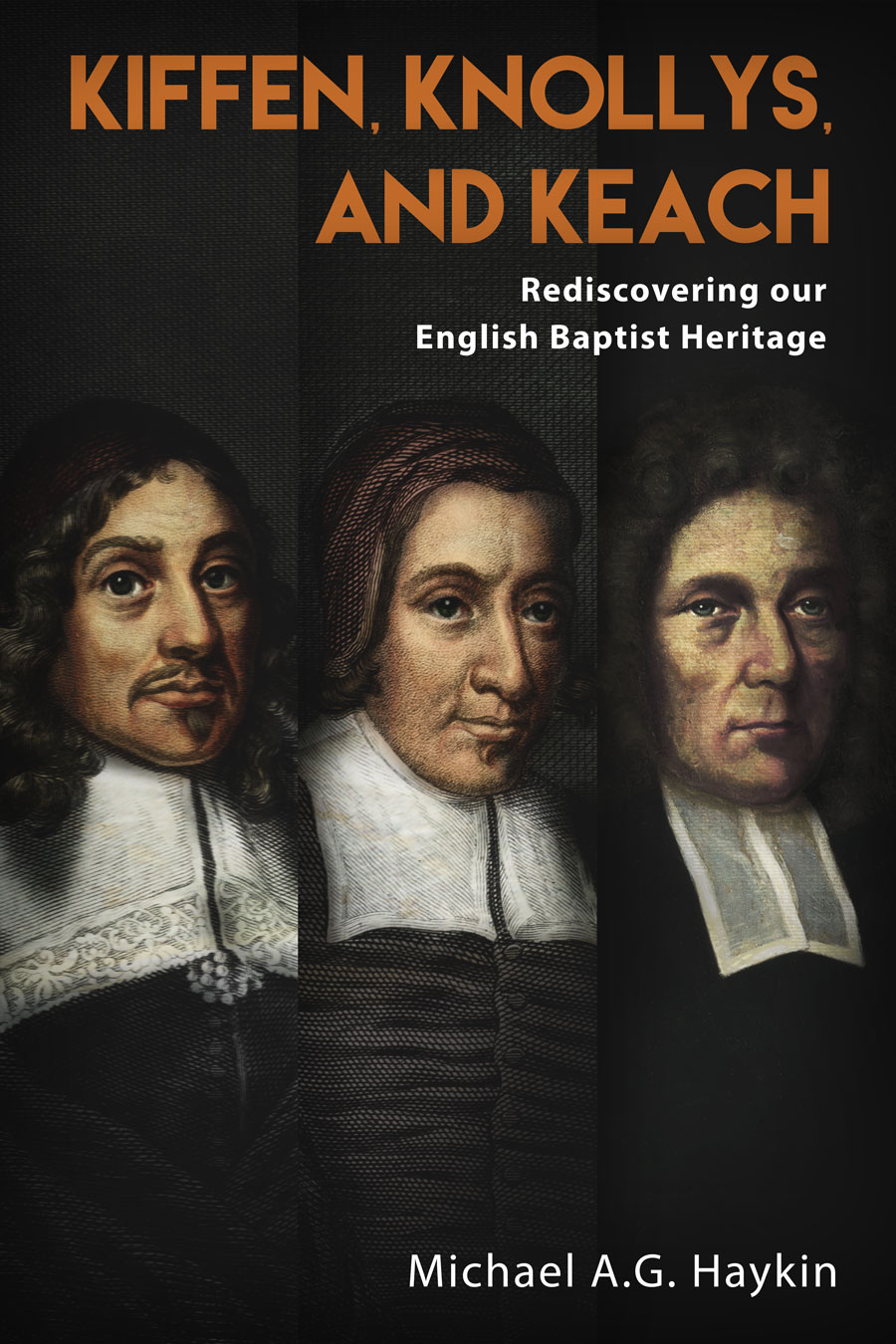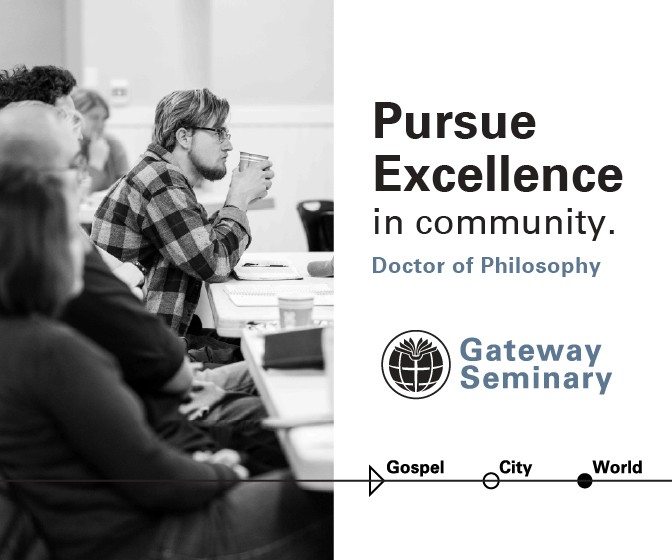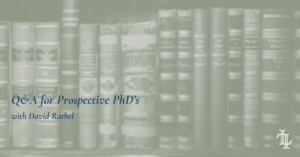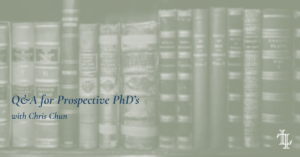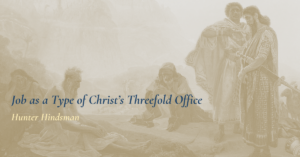Haykin, Michael A.G. Kiffen, Knollys, and Keach: Rediscovering our English Baptist Heritage. Peterborough, Canada: H&E Publishing, 2019. 194 pp. Softcover. ISBN: 9781989174333. $24.99.
Michael A. G. Haykin is Professor of Church History & Biblical Spirituality and the Director for The Andrew Fuller Center for Baptist Studies at The Southern Baptist Theological Seminary. He has written numerous books pertaining to church history and doctrine in the Baptist and Reformed traditions, particularly from the span of the sixteenth-eighteenth centuries. His specialties of expertise include the early church fathers, English and Puritan pietism, American revivalism and religious experience, Andrew Fuller, William Carey, pneumatology, and Baptist sacramentology.
This second edition of Haykin’s book observes the lives of Particular Baptists William Kiffen, Hanserd Knollys, and Benjamin Keach, and their contributions to the historical development of the Baptist Confessions of Faith. The introduction calls for a second edition due to the shift in scholarly consensus that Kiffen’s name was formerly recognized “Kiffin,” which Larry J. Kreitzer has proven to be erroneous in his work (xix). This new edition also provides an additional chapter on the lesser-known Particular Baptist pastor John Norcott and engages his treatise Baptism Discovered Plainly & Faithfully According to the Word of God, which primarily deals with the rightful mode of baptism (93). Finally, the new edition also includes an appendix on Thomas Wilcox’s tract A Choice Drop of Honey from the Rock Christ, which is an exposition of Psalm 81:16.
Haykin begins the book by examining three views of the contentious question about interpreting Baptist origins. The first view, Baptist successionism, argues there has been a succession of Baptist churches that can be found all the way back to the early church, starting in John the Baptist’s ministry or at the day of Pentecost (1). Typically, strongly fundamentalistic Baptist circles advocate this view, and its proponents tend to argue there has always been a separate branch of Baptist Christianity that occurred alongside the historical development of the Roman Catholic Church, the Orthodox Churches, and other Protestant denominations, and that there was never a time where “Baptists” didn’t exist (2).
The second view, the “Anabaptist kinship” thesis, states that the English Particular and General Baptists were offshoot branches from their Anabaptist forbearers in the 16th century (3). Proponents of this position advocate there is a natural relation between both groups holding to believer’s baptism, and since Anabaptists practiced affusion and sprinkling, the shift among the English Baptists was the result of differing theological convictions over the mode of immersion (3-4). However, Haykin’s alternative thesis is quite convincing, proving that this is unlikely the case. He insists that both Anabaptists and English Baptists reached their theological conclusions independently, and that Baptists wouldn’t have made the efforts to persuade their opponents that they were “commonly (though falsely) called Anabaptists” in both the First and Second London Confessions of Faith, if in fact they agreed and associated with them in various similarities (5).
The third perspective Haykin offers is the “Puritan-Separatist Descent” view. Proponents of this view maintain that the British Baptists were offshoot separatists from the Puritan and Congregationalist streams of Protestant Christianity (6). This position’s advocates point plainly to the examples of the Jacob-Lathrop-Jessey Church and its sister congregation pastored by John Spilsbury (21-25).
In addition to providing a helpful overview to the competing historiographies of Baptist origins, Haykin describes the historical backdrop and pivotal importance of William Kiffen and Hanserd Knollys in the development of the First and Second London Baptist Confessions of Faith. Out of all the signatories who signed the 1689 Confession, Kiffen and Knollys were two of the original signers of the First London Confession, although Knollys signed the 1646 second edition of the First Confession, published two years after the first (53, 73). Kiffen, like Charles Spurgeon, was saved through the preaching of an Arminian minister, and was self-taught, not receiving any formal theological education (49-50). Kiffen also was known to be influential as a member of Parliament in Middlesex and was quite wealthy (55). Due to these factors playing an important role in Kiffen’s life, he made strong headway regarding the advancement of religious toleration in England (58). Like many other Particular Baptists, he was a strong supporter of Oliver Cromwell. This shift in government provided an opportunity for General and Particular Baptists to escape persecution, which was unfortunately short-lived due to the sudden death of Cromwell and the rise of Charles II to the throne. Although persecution ramped up again in England after Cromwell’s death, Kiffen continued to use his influence to negotiate the liberation of many facing execution for their religious beliefs. He was successful in obtaining a reprieve directly from the King when he was informed of twelve General Baptists facing execution (59). Kiffen longed for the day that England would pass an act of Toleration that would allow for the Baptist tradition’s expansion and promote the liberty of conscience, which came true in 1689 under William of Orange (61).
Hanserd Knollys likewise was pivotal in advancing the Baptist cause. Although Knollys didn’t have quite as exciting of a political life as Kiffen, his voice was crucial in warding off theological errors and fanaticism—standing for rightful biblical trinitarian exegesis. A fair bit of his life was dedicated to engaging the doctrinal missteps of an amorphous group called the Seekers (73). A former Puritan figure by the name of William Erbery began spearheading the cause of this charismatic group. He asserted that it was vain work for churches to attempt to gather and align themselves according to the ordinances set down in the Scriptures, because the Spirit had departed from the church due to her apostate ways. He believed that only the apostles could rightfully baptize believers because they possessed the miraculous and manifold manifestation of the Spirit’s gifts. Since no churches in that time were experiencing miraculous and charismatic manifestations, they felt they had to withdraw from other Puritan groups and seek a future charismatic dispensation to come. Erbery believed that one had to become baptized in the Spirit, which meant the church’s believers needed to demonstrate and possess miraculous gifts once again before one could be water baptized in a Gospel-way (73-76). In response to this fanatical group’s theology, Knollys published a treatise entitled The Shining of a Flaming Fire in Zion, which advocated for a moderately cessationist perspective. He stated that the miraculous sign gifts were not vital for every age of the Church, but instead their purpose was to illuminate the entrance of the gospel onto the scene of history (77). According to Knollys, God was continuing to supply miracles alongside the proclamation of the gospel…miracles of regeneration (77). Although Knollys was a cessationist, he believed that God could still miraculously heal individuals of infirmities and diseases, but it was not because of individuals who possessed gifts of healing, but rather through individuals holding the pastoral office, citing James 5:14-16 as a key prooftext (82-83). Adding to his convictions, he personally witnessed Benjamin Keach’s miraculous recovery, who was on his deathbed. Once, when Knollys came to visit and encourage Keach, he prayed in faith that God would grant Keach fifteen more years on earth, just as God did with Hezekiah in Isaiah 38. Despite being so near to death, Keach lived another fifteen years after his miraculous recovery, and Knollys parted away in glory two years later (82).
John Norcott is another oft overlooked seventeenth century Particular Baptist figure. Many Baptists today act as though Baptists restored order to the Church’s erroneous “sacramental” understanding of the two institutions Christ prescribed for every believer to receive—utilizing the language of ordinances rather than sacraments, or “means of grace.” Instead, we would do well to take our cues from Norcott and his other contemporaries to realize that the earliest Baptists viewed and used these terms interchangeably. The careful reader of the First London Confession of Faith will notice that one of the three meanings of baptism is omitted in the Second London Confession, that the outer washing of immersion “bears witness to the inner washing of the believer by the blood of Christ” (36). This parallels the vivid sacramentalism of the outward eating of communion being an inward eating or feasting on Christ in our hearts by faith. Norcott goes to great lengths in his work Baptism Discovered Plainly & Faithfully According to the Word of God to assert that the physical and visible power of the ordinance lies in the signification of being buried and covered in water. Citing Romans 6:4 and Colossians 2:12, Norcott states, “we do not reckon a man buried, when a little earth is sprinkled on his face; but he is buried when covered…if there be not a burial under water to shew Christ’s burial, the great end of the ordinance is lost” (98-99). The earliest Baptists saw sacramental significance in the sign-act of immersion, and believed that just as a believer rises from the waters of baptism, “so shall the bodies of the Saints be raised by the power of Christ in the day of the resurrection.” (98) Norcott’s careful observation of the theology of baptism went on to be used as a primary text among Baptists for the next 240 years following his death. It was so much of a crucial text that Charles Spurgeon saw the need to print three editions for his congregants (95). Baptists would do well today to retrieve this valuable text from their tradition.
Lastly, Benjamin Keach contributed much to the practice of congregational singing and the composition of hymns within the tradition. There was a time when Christians of several denominations argued concerning the legitimacy of singing in church. Presbyterians and Congregationalists were convinced that only Psalms should be sung in church, while General Baptists and Quakers eschewed any form of congregational singing all together (154). Isaac Marlow wrote a pamphlet giving a few theological reasons to discourage the practice of singing: the written formalism of hymns used in worship quenched the Spirit, singing was an extraordinary spiritual gift that ceased in the early church, unregenerate people might taint the sanctified gathering of the church, and women singing was a violation of Scripture’s command for them to remain silent in the churches (157). Keach wrote a response to these rejections of hymn singing, stating that corporate singing was a holy ordinance, and failure to practice it was robbing God of “one part of his glorious Praise.” (157-158) In addition to Keach’s theological contributions to restoring this practice among churches, he published two hymnbooks, which contained a compilation of over four hundred of his own hymns (161).
There are two weaknesses that must be addressed regarding Haykin’s work. Perhaps the book’s greatest weakness is the charge of anachronism Matthew Bingham raises in his book Orthodox Radicals.
Historians have been quick to cite these figures as examples of “Baptists” promoting their distinctive views…Despite the ubiquitous assertion that the participants were clearly “Baptists,” it is not at all clear that Kiffen, Knollys, and Coxe would have self-identified as being included in this category. Instead, (these) men struggled to settle on a consistent, coherent self-descriptor.[1]
Bingham’s new insights to this history would have us observe that it wasn’t until 1645 that a pan-Baptist identity began to even be considered as these Baptistic congregationalists plowed the way toward religious freedom and scriptural commitment.[2] Considering these new findings in Baptist history, perhaps we should pause before stating “Baptists” had a common identity before it was established. The second weakness of the book would be the lacking information on John Norcott’s life. Aside from his very reputable book on baptism, Haykin scarcely mentions anything about the pastor’s life. Only two paragraphs of information are dedicated to the background of Norcott’s life, in which we’re told that he became the second pastor of the Particular Baptist Church in Wapping, London in 1670, and that Benajmin Keach had the honor of preaching at his funeral (93-94). One could hope that more background information regarding Norcott’s life will be presented in an article.
On a positive note, this book is highly valuable in understanding the historical background and the occasions which necessitated theological omissions/additions to the 1644 and 1689 Baptist Confessions of Faith. It is often overlooked that the eternal and celestial flesh of Christ defection sparked from Thomas Collier, hyper-Calvinism, the controversies of singing, Quakerism, persecution, and the charismatic Seekers played a part in the final published form of the 1689 Confession (113, 120). One could only wonder what the sections regarding the mediatorial office of Christ, God’s sovereignty, and the role of the Holy Spirit would have looked like had not these events took place within the community. Baptist pastors, seminary students, and theologians would do well today in gleaning the insights offered in this book concerning early Baptist church history. Readers will find that the forebearers of the tradition possessed a vivid sacramentalism and a shared camaraderie of regional church fellowship demonstrated in healthy associational partnerships. Most importantly, all that take up the book will be reminded that the theological controversies we face today are no new feat that the Church hasn’t experienced before.
This work has been helpful for my own theological formation as my local church has been teaching a Sunday School class through the Second London Confession, and I would claim that this book is highly beneficial for Baptists of every stripe. As a pastor of a church that has a deep heritage in the Swedish Baptist tradition, it was encouraging for me to notice that Norcott’s treatise has been used among English and Welsh Baptists for over 240 years, and that Spurgeon placed a high priority of utilizing this text in understanding the signification and theological commitment to immersion (95, 102). This will be a text I’ll heartily recommend to those desiring to understand the origins of Baptist history, and for those that wish to have a more robust, sacramental, Baptist, and confessional understanding of Baptism and the Lord’s Supper.
Editors Note: The London Lyceum publishes a range of original pieces and book reviews from various faith traditions and viewpoints. It is not the mission of the London Lyceum to always publish work that agrees with our confession of faith. Therefore, the thoughts within the articles and reviews may or may not reflect our confessional commitments and are the opinions of the author alone. Rather, we seek to generate thinking and foster an intellectual culture of charity, curiosity, critical thinking, and cheerful confessionalism.
[1] Matthew Bingham, Orthodox Radicals: Baptist Identity in the English Revolution (Oxford, UK: Oxford University Press, 2019), 3-4.
[2] Bingham, 2.
Author
-

Aaron Pendergrass (MA, Trinity Evangelical Divinity School) is an Associate Pastor at Bethel Baptist Church in Greeley, Colorado. Additionally, he serves as the Director of Youth Ministries. He was formerly a graduate assistant of James Arcadi’s in the fields of Analytic and Systematic Theology. His research interests include the munus triplex, Christology, providence, Calvin, and Reformed Theology. As of July 2021, he is happily married to his beloved wife Yasmin.
View all posts
